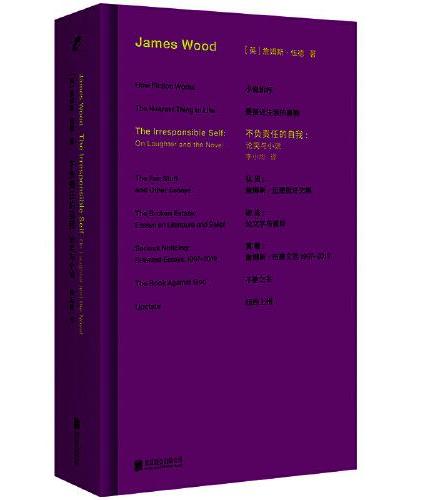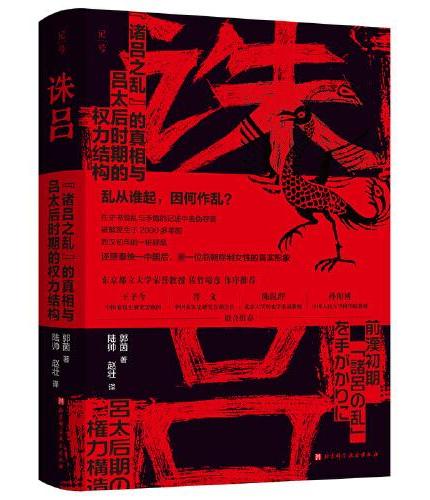新書推薦: 《
养育男孩:官方升级版
》 售價:HK$
51.8
《
小原流花道技法教程
》 售價:HK$
112.7
《
少女映像室 唯美人像摄影从入门到实战
》 售價:HK$
113.9
《
詹姆斯·伍德系列:不负责任的自我:论笑与小说(“美国图书评论奖”入围作品 当代重要文学批评家詹姆斯·伍德对“文学中的笑与喜剧”的精湛研究)
》 售價:HK$
89.7
《
武当内家散手
》 售價:HK$
51.8
《
诛吕:“诸吕之乱”的真相与吕太后时期的权力结构
》 售價:HK$
102.4
《
炙野(全2册)
》 售價:HK$
80.3
《
女人的胜利
》 售價:HK$
57.4
編輯推薦:
·本书融入新的科研成果,内容新颖;
內容簡介:
Electromagnetic Compatibility (EMC) utilizes dedicated theory and technologies to predict, assess and prevent potential electromagnetic interference problems.
關於作者:
吴琦
目錄
Chapter 1 Introduction to EMC 1









